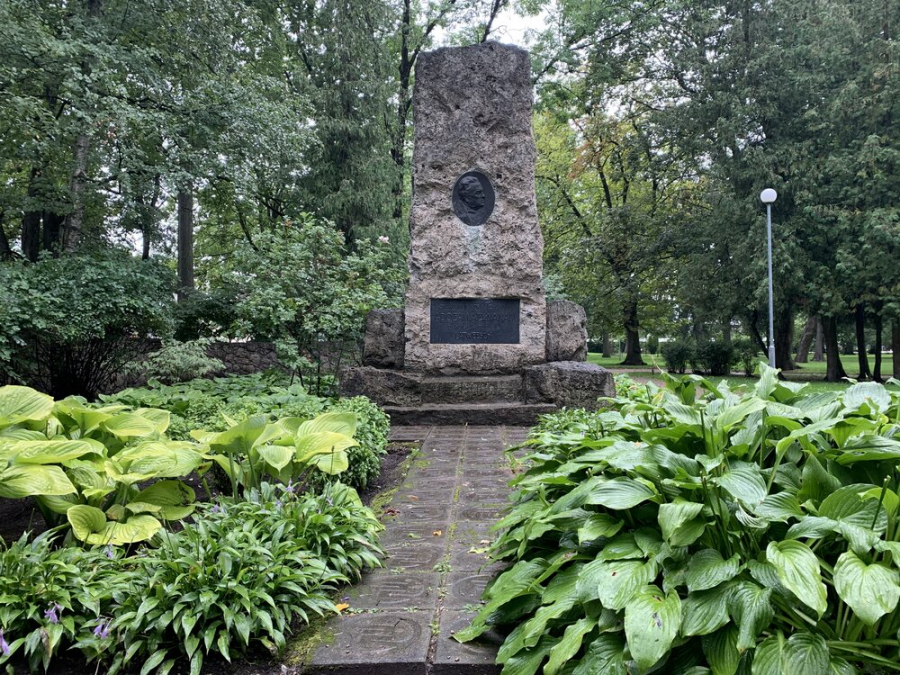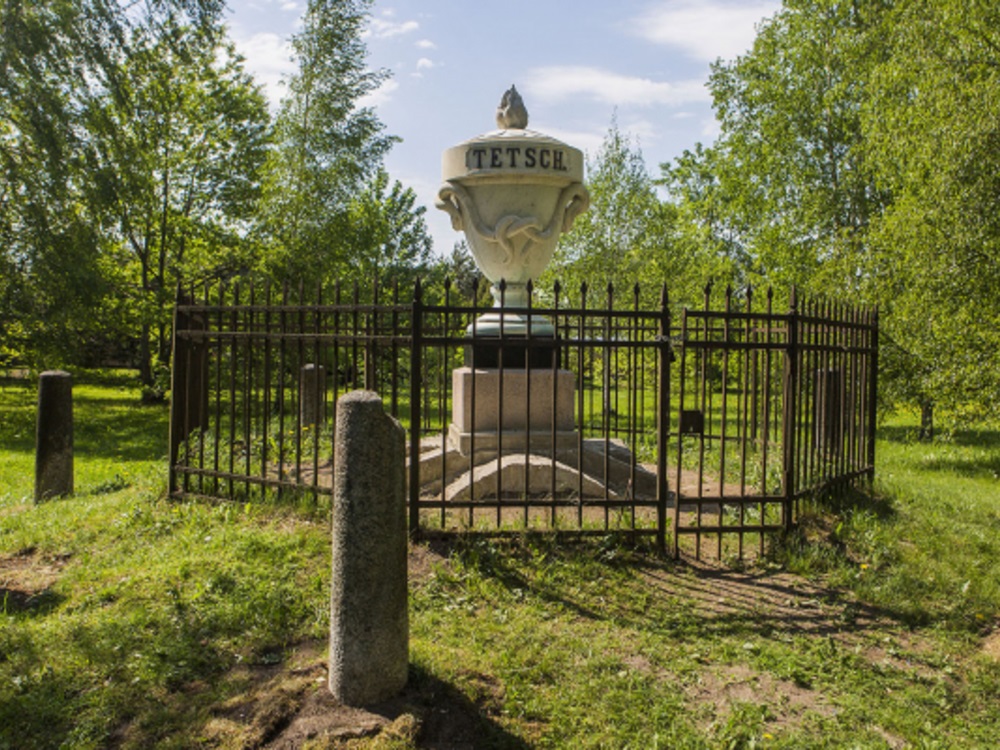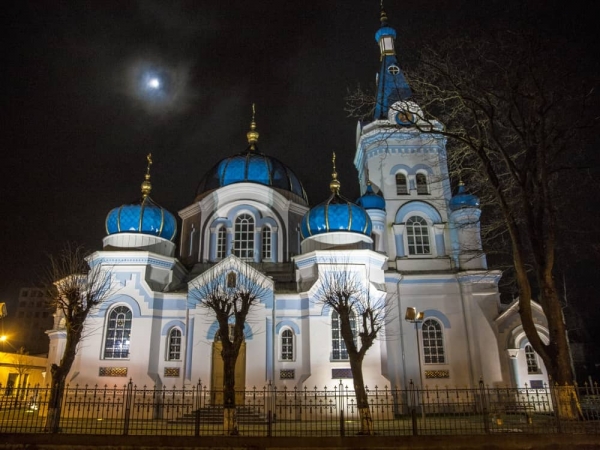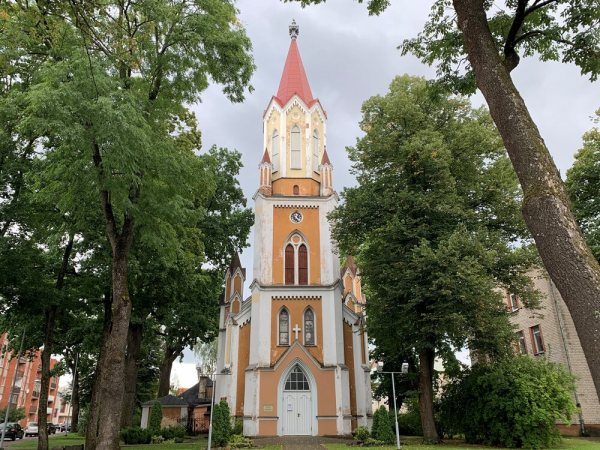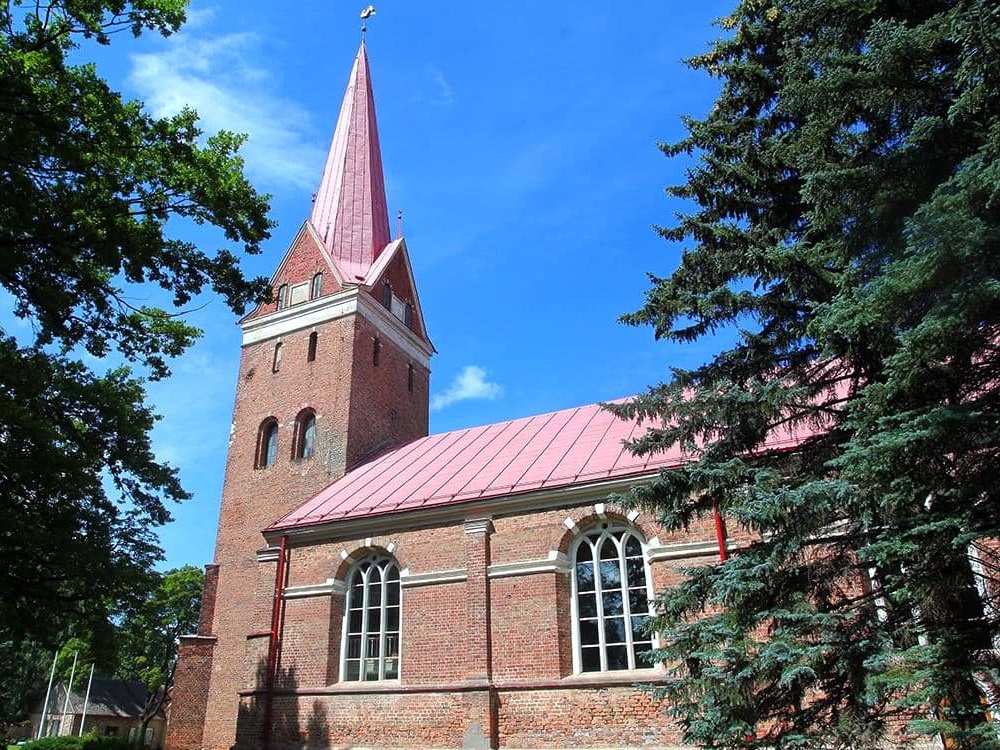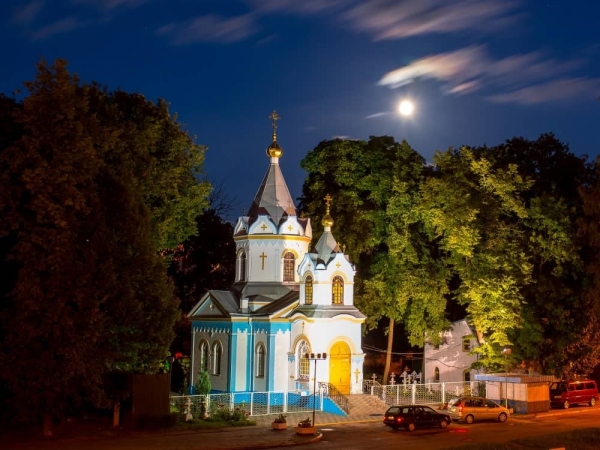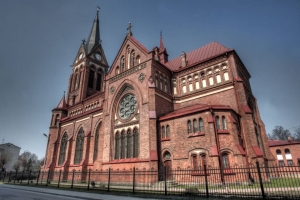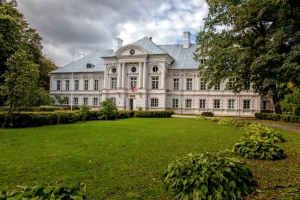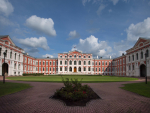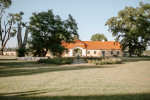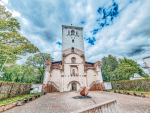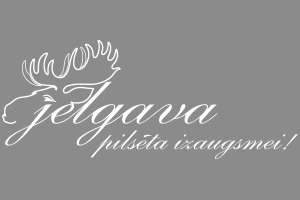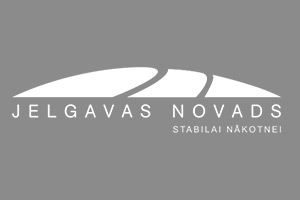Home
The monument is devoted to the founder of the Latvian theatre, Ādolfs Alunāns, was was buried in Alunāns park, the former Jāņa cemetery.
Contacts
- Map
- Adrese Ā.Alunāna parks
- Atrašanās vieta Jelgava
- Nestandarta darba stundas No
- Ekspozīcijas No
- Info No
- Ēdināšana No
- Degustācijas No
- Naktsmītnes No
- Konferenču telpas No
- Kāzu vieta No
- Ģimenēm ar bērniem No
- Pieejams invalīdiem No
- Gida pakalpojumi No
- Maksājums ar karti No
- Suvenīru iegāde No
- Internets No
- Parking No
- Pasts No
- Bērnu rotaļlaukumi No
- Kempingi No
- Telšu vietas No
- Piknika vietas No
- Peldvieta No
- Auto noma No
- Velo noma No
- WC No
- Telšu vietas No
- Ieeja par ziedojumiem No
- Izslēgt no aplikācijas No
- SPA No
The monument of the 19th century still stands by the edge of the Dobele highway - it is called Love Alley. The birch alley is called Love Alley because it was planted by newly married couples. The monument stands for trust, friendship and beautiful dreams about the past and future.
Contacts
- Map
- Adrese Kūliņu ceļš
- Atrašanās vieta Jelgava
- Telefona nr. 63005447
- E-pasta adrese This email address is being protected from spambots. You need JavaScript enabled to view it.
- Nestandarta darba stundas No
- Ekspozīcijas No
- Info No
- Ēdināšana No
- Degustācijas No
- Naktsmītnes No
- Konferenču telpas No
- Kāzu vieta No
- Ģimenēm ar bērniem No
- Pieejams invalīdiem No
- Gida pakalpojumi No
- Maksājums ar karti No
- Suvenīru iegāde No
- Internets No
- Parking No
- Pasts No
- Bērnu rotaļlaukumi No
- Kempingi No
- Telšu vietas No
- Piknika vietas No
- Peldvieta No
- Auto noma No
- Velo noma No
- WC No
- Telšu vietas No
- Ieeja par ziedojumiem No
- Audio gids (LV) https://drive.google.com/open?id=1LbohFW6ARn9W8NtcZoPao_etCfwlfpor
- Audio gids (RU) https://drive.google.com/open?id=18leA0uSdH8L4tGGKctgwR0oMiH2EWmTi
- Audio gids (EN) https://drive.google.com/open?id=1ZdsydoMv56l4MSNFPTnvnReZnW5KL1cb
- Audio gids (LT) https://drive.google.com/open?id=1ZdsydoMv56l4MSNFPTnvnReZnW5KL1cb
- Izslēgt no aplikācijas No
St. Simeon’s and St. Anna’s Orthodox Cathedral was designed by architect N.Chagin and built during 1890-1892, with the financial support of Russian Czar Alexander III. The altar and foundation remained from the previous church which was built in 1774 according to the design of the architect F.B.Rastrelli.
Contacts
- Map
- Adrese Raiņa iela 5
- Atrašanās vieta Jelgava
- Telefona nr. 63020207
- Mājas lapas adrese www.pareizticiba.lv
- Nestandarta darba stundas No
- Ekspozīcijas No
- Info No
- Ēdināšana No
- Degustācijas No
- Naktsmītnes No
- Konferenču telpas No
- Kāzu vieta No
- Ģimenēm ar bērniem No
- Pieejams invalīdiem No
- Gida pakalpojumi No
- Maksājums ar karti No
- Suvenīru iegāde No
- Internets No
- Parking No
- Pasts No
- Bērnu rotaļlaukumi No
- Kempingi No
- Telšu vietas No
- Piknika vietas No
- Peldvieta No
- Auto noma No
- Velo noma No
- WC No
- Telšu vietas No
- Ieeja par ziedojumiem No
- Pirmdiena 9:00 - 17:00
- Otrdiena 9:00 - 17:00
- Trešdiena 9:00 - 17:00
- Ceturtdiena 9:00 - 17:00
- Piektdiena 9:00 - 17:00
- Sestdiena 9:00 - 17:00
- Svētdiena 9:00 - 17:00
- Audio gids (LV) https://drive.google.com/open?id=1GQnKMpC1LNcHZMN6ZjVLjxVaPeYg-WtO
- Audio gids (RU) https://drive.google.com/open?id=1jERQ82zCbgAZfmiKhuMPjW1s9qqQKVUH
- Audio gids (EN) https://drive.google.com/open?id=1qJBgANxOO6iBn2skvTVyaZ4P3AK1cpGM
- Audio gids (LT) https://drive.google.com/open?id=1qJBgANxOO6iBn2skvTVyaZ4P3AK1cpGM
- Izslēgt no aplikācijas No
- SPA No
St. John's Evangelic Lutheran Church is one of the youngest Jelgava churches built in 1845 - 1847. Near to the church is the Alunāns Park and the Station Square, which used to be Jelgava’s Old Cemetery.
Contacts
- Map
- Adrese Jāņa iela 1
- Atrašanās vieta Jelgava
- E-pasta adrese This email address is being protected from spambots. You need JavaScript enabled to view it.
- Nestandarta darba stundas Yes
- Ekspozīcijas No
- Info No
- Ēdināšana No
- Degustācijas No
- Naktsmītnes No
- Konferenču telpas No
- Kāzu vieta No
- Ģimenēm ar bērniem No
- Pieejams invalīdiem No
- Gida pakalpojumi No
- Maksājums ar karti No
- Suvenīru iegāde No
- Internets No
- Parking No
- Pasts No
- Bērnu rotaļlaukumi No
- Kempingi No
- Telšu vietas No
- Piknika vietas No
- Peldvieta No
- Auto noma No
- Velo noma No
- WC No
- Telšu vietas No
- Ieeja par ziedojumiem No
- Audio gids (LV) https://drive.google.com/open?id=1DXcjrov_w6KkQXGs9dn-k7vhNB0coMdt
- Audio gids (RU) https://drive.google.com/open?id=1bsaFeKfTUxAsN4wT7uV1r3I2oTbHlW1D
- Audio gids (EN) https://drive.google.com/open?id=17VhpE05brKaCEhXyZDshs81IwtegJwxd
- Audio gids (LT) https://drive.google.com/open?id=17VhpE05brKaCEhXyZDshs81IwtegJwxd
- Izslēgt no aplikācijas No
- SPA No
According to the act of the church foundation in 1567, St Anna’s Lutheran Cathedral is the oldest building of Jelgava that has been preserved until the present day. It is also the first Lutheran church in Latvia that was restored after the World War II.
St. Anna's Lutheran Cathedral is one of the few mannerism-style monuments in Latvia. The gothic elements of the church are the pointed tower and high windows. The altar painting by Jānis Rozentāls the Christ and Samaritan (1910) is part of Latvian art monuments. In 1994, the organ made by the Gothenburg master Olaf Hammarberg in 1938 was installed. The organ has 37 registers and 2072 pipes. With its mighty sound, the organ serves not only the needs of the church, but also brings together many connoisseurs of spiritual music. There are regular classical music concerts held at the church, where high-level Latvian and foreign musicians perform.
Contacts
- Map
- Adrese Lielā iela 22a
- Atrašanās vieta Jelgava
- Telefona nr. 29123969
- E-pasta adrese This email address is being protected from spambots. You need JavaScript enabled to view it.
- Mājas lapas adrese www.jelgavasannasbaznica.lv
- Nestandarta darba stundas No
- Ekspozīcijas No
- Info No
- Ēdināšana No
- Degustācijas No
- Naktsmītnes No
- Konferenču telpas No
- Kāzu vieta No
- Ģimenēm ar bērniem No
- Pieejams invalīdiem No
- Gida pakalpojumi No
- Maksājums ar karti No
- Suvenīru iegāde No
- Internets No
- Parking No
- Pasts No
- Bērnu rotaļlaukumi No
- Kempingi No
- Telšu vietas No
- Piknika vietas No
- Peldvieta No
- Auto noma No
- Velo noma No
- WC No
- Telšu vietas No
- Ieeja par ziedojumiem No
- Audio gids (LV) https://drive.google.com/open?id=1jI84GUw0UMS_TfmLfUNE52VTPq7tVeFP
- Audio gids (RU) https://drive.google.com/open?id=111e1g_f9g7uVwcGADuZpaG6d5MtGNhz1
- Audio gids (EN) https://drive.google.com/open?id=11ZpqQMe2AI7dcG13-nP2DYDoCk1SiVWM
- Audio gids (LT) https://drive.google.com/open?id=11ZpqQMe2AI7dcG13-nP2DYDoCk1SiVWM
- Izslēgt no aplikācijas No
- SPA No
The church of the Dormition of the Holy Mother of God in Jelgava was blessed on August the 28th 1889 by one of the most renowned orthodox archbishops of Latvia, archbishop Arseniy. The church was built by V. A. Lunsky, at the time – the official architect of the eparchy.
Contacts
- Map
- Adrese Dzirnavu iela 1
- Atrašanās vieta Jelgava
- Telefona nr. 63021006
- Mājas lapas adrese http://www.uspenijapb.lv/
- Nestandarta darba stundas No
- Ekspozīcijas No
- Info No
- Ēdināšana No
- Degustācijas No
- Naktsmītnes No
- Konferenču telpas No
- Kāzu vieta No
- Ģimenēm ar bērniem No
- Pieejams invalīdiem No
- Gida pakalpojumi No
- Maksājums ar karti No
- Suvenīru iegāde No
- Internets No
- Parking No
- Pasts No
- Bērnu rotaļlaukumi No
- Kempingi No
- Telšu vietas No
- Piknika vietas No
- Peldvieta No
- Auto noma No
- Velo noma No
- WC No
- Telšu vietas No
- Ieeja par ziedojumiem No
- Izslēgt no aplikācijas No
- SPA No
The church was designed by the architect K.E. Strandmanis and it was built in 1906. The church is in pseudo-Gothic style and it is splendidly decorated. There is a bas-relief The Last Supper above the entrance which is the art work of local importance. During World War II the church caught fire; the renovation was completed only in 1992, when the church tower obtained its previous shape. Roman Catholic Pope John Paul II awarded it the status of "Cathedral" in 1996.
Contacts
- Map
- Adrese Katoļu iela 11
- Atrašanās vieta Jelgava
- Telefona nr. 630 29 702
- E-pasta adrese This email address is being protected from spambots. You need JavaScript enabled to view it.
- Mājas lapas adrese www.jelgavaskatedrale.lv
- Nestandarta darba stundas Yes
- Ekspozīcijas No
- Info No
- Ēdināšana No
- Degustācijas No
- Naktsmītnes No
- Konferenču telpas No
- Kāzu vieta No
- Ģimenēm ar bērniem No
- Pieejams invalīdiem No
- Gida pakalpojumi No
- Maksājums ar karti No
- Suvenīru iegāde No
- Internets No
- Parking No
- Pasts No
- Bērnu rotaļlaukumi No
- Kempingi No
- Telšu vietas No
- Piknika vietas No
- Peldvieta No
- Auto noma No
- Velo noma No
- WC No
- Telšu vietas No
- Ieeja par ziedojumiem No
- Sestdiena 06:00 - 19:00
- Svētdiena 06:00 - 19:00
- Audio gids (LV) https://drive.google.com/open?id=17gvEvnk05LbkmQmjGa8T1Pe6dZTNuggv
- Audio gids (RU) https://drive.google.com/open?id=1I9nD0nv7E0KFo7vuRRrslod_Lz7ThlNP
- Audio gids (EN) https://drive.google.com/open?id=1trHTzBhLzHGnbr4hntZaE4y80zt977hf
- Audio gids (LT) https://drive.google.com/open?id=1trHTzBhLzHGnbr4hntZaE4y80zt977hf
- Izslēgt no aplikācijas No
- SPA No
Duke's hunting residence Green Manor is a unique architectural example of the Duchy of Courland. The building is relatively well preserved and has not been damaged or burned. There are historically significant interior elements in the manor that date back to the middle of the 18th century and in the 19th century. Despite the loss and reconstruction in the middle of the 20th century, the building still contains a huge amount of significant original architectural elements, which is rarity in other Latvian manors.
Contacts
- Map
- Adrese Zaļenieku pag., Zaļenieki, "Pils"
- Atrašanās vieta Jelgavas novads
- Telefona nr. 22043531
- E-pasta adrese This email address is being protected from spambots. You need JavaScript enabled to view it.
- Mājas lapas adrese www.zav.lv
- Pakalpojumu sniegšanas valodas LV, RU, EN
- Nestandarta darba stundas Yes
- Ieejas maksa 3.00
- Ieejas maksa bērni 1.50
- Ekspozīcijas No
- Info No
- Ēdināšana No
- Degustācijas No
- Naktsmītnes No
- Konferenču telpas Yes
- Kāzu vieta No
- Ģimenēm ar bērniem Yes
- Pieejams invalīdiem No
- Gida pakalpojumi Yes
- Maksājums ar karti No
- Suvenīru iegāde No
- Internets No
- Parking Yes
- Pasts No
- Bērnu rotaļlaukumi No
- Kempingi No
- Telšu vietas No
- Piknika vietas No
- Peldvieta No
- Auto noma No
- Velo noma No
- WC Yes
- Telšu vietas No
- Ieeja par ziedojumiem No
- Izslēgt no aplikācijas No
- SPA No
The manor house complex was built during 17th-19th century as a symmetrical ensemble of Baroque style. It was the favoured country residence for he last Duke of Courland - Peter von Biron.
Contacts
- Map
- Adrese Vircavas pag.
- Atrašanās vieta Jelgavas novads
- Nestandarta darba stundas No
- Ekspozīcijas No
- Info No
- Ēdināšana No
- Degustācijas No
- Naktsmītnes No
- Konferenču telpas No
- Kāzu vieta No
- Ģimenēm ar bērniem Yes
- Pieejams invalīdiem No
- Gida pakalpojumi No
- Maksājums ar karti No
- Suvenīru iegāde No
- Internets No
- Parking Yes
- Pasts No
- Bērnu rotaļlaukumi No
- Kempingi No
- Telšu vietas No
- Piknika vietas Yes
- Peldvieta No
- Auto noma No
- Velo noma No
- WC Yes
- Telšu vietas No
- Ieeja par ziedojumiem No
- Izslēgt no aplikācijas No
- SPA No
Former hunting residence of Baron Hahn was built in the second half of the 18th century and rebuilt in the 19th century. The entrance door of Vilce Manor is decorated with the Medem-Kaizlinger alliance's coat of arms, which has been preserved well and is a valuable example of the 18th century decorative sculpture in Latvia. Since 1921 Vilce Manor houses Vilce Primary School.
Contacts
- Map
- Adrese Skolas iela 6, Vilces pag.
- Atrašanās vieta Jelgavas novads
- Telefona nr. 26351169
- E-pasta adrese This email address is being protected from spambots. You need JavaScript enabled to view it.
- Pakalpojumu sniegšanas valodas LV, RU
- Nestandarta darba stundas Yes
- Ieejas maksa 4.00
- Ieejas maksa bērni 2.00
- Ekspozīcijas Yes
- Info Yes
- Ēdināšana No
- Degustācijas No
- Naktsmītnes No
- Konferenču telpas No
- Kāzu vieta No
- Ģimenēm ar bērniem Yes
- Pieejams invalīdiem No
- Gida pakalpojumi Yes
- Maksājums ar karti No
- Suvenīru iegāde No
- Internets No
- Parking Yes
- Pasts No
- Bērnu rotaļlaukumi No
- Kempingi No
- Telšu vietas Yes
- Piknika vietas Yes
- Peldvieta No
- Auto noma No
- Velo noma No
- WC Yes
- Telšu vietas No
- Ieeja par ziedojumiem No
- Izslēgt no aplikācijas No
- SPA No

